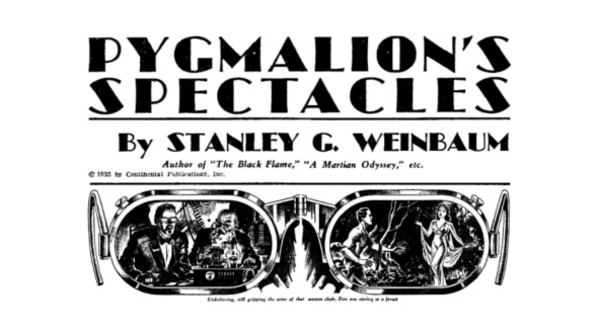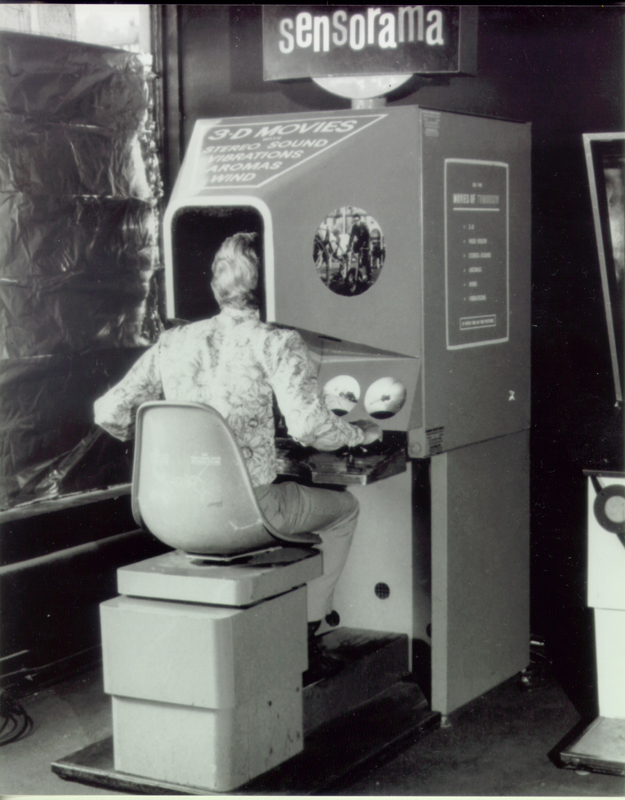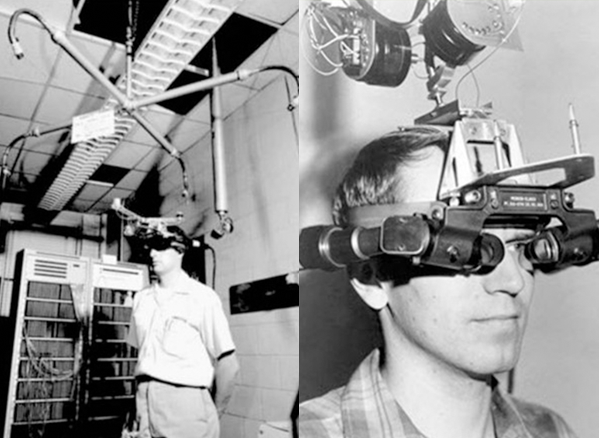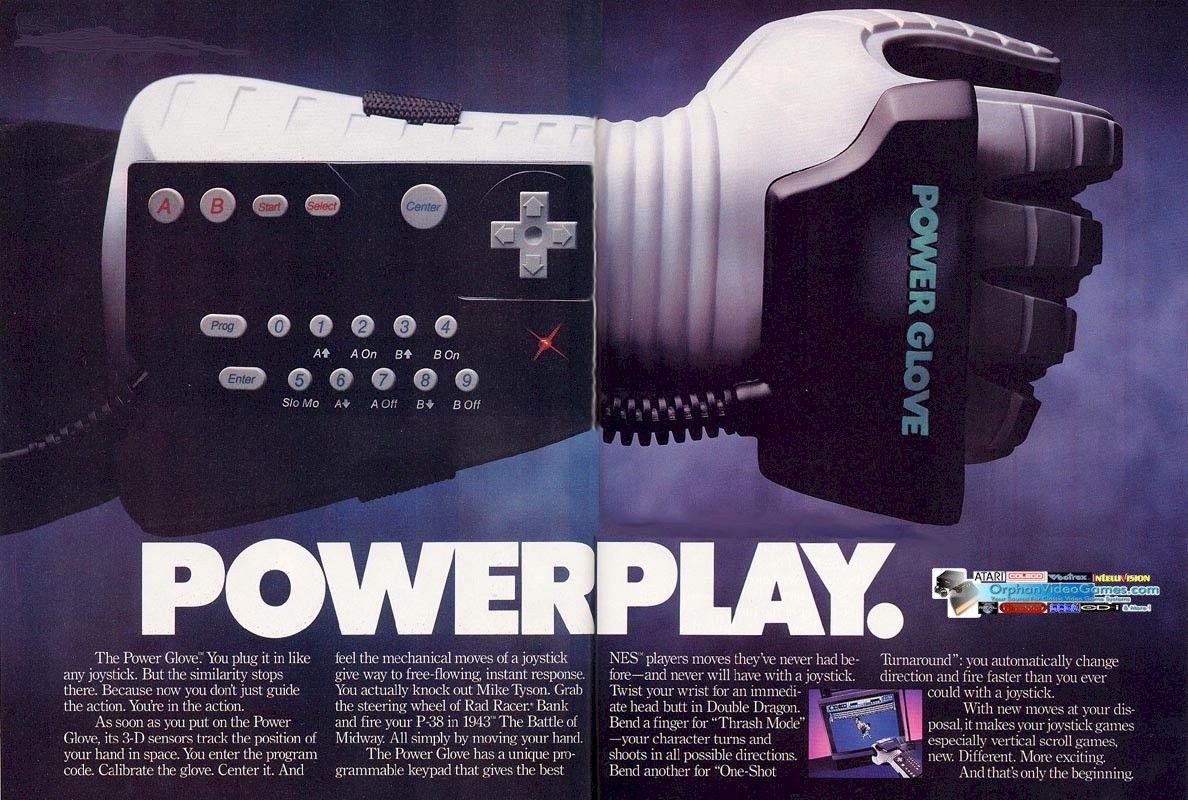From Stereoscopes To The Apple Vision Pro: Here's A Look At The Evolution Of VR Devices
A brief history on the development of VR technology.
Virtual reality (VR) headsets have come a long way since its creation
Apple recently launched their latest product that took social media by storm: the Apple Vision Pro. What makes the product crazier is the videos popping up on TikTok of people donning their VR headsets and using them in public, like a scene straight out of a sci-fi movie.
But have you ever wondered how the VR tech ever began? Let's take a deep dive into history.
It all started in 1838 when a curious scientist discovered that mirrors arranged in a specific way could imitate 3D images
Sir Charles Wheatstone was the first to delve into the concept of stereopsis, which earned him the Royal Medal of the Royal Society in 1840. His exploration of binocular vision ultimately led to the development of the stereoscope.
Wheatstone's research showcased how the brain merges two distinct photographs, each captured from a different viewpoint (one from each eye), to generate a sense of depth and immersion, essentially creating a three-dimensional effect.
Using this understanding, Wheatstone pioneered the earliest form of stereoscope. This device employed a pair of mirrors set at 45-degree angles to the user's eyes, with each mirror reflecting an image positioned to the side.
Visionaries predicted head-mounted devices (HMDs) in 1935
In 1935, American science fiction author Stanley Weinbaum introduced a conceptual model for virtual reality in his short story, Pygmalion's Spectacles.
In the story, the protagonist encounters a professor who has devised a pair of goggles capable of providing an immersive experience involving sight, sound, taste, smell, and touch. This innovative technology allows the wearer to fully engage with the story, interacting with characters as if they were real, and becoming an integral part of the story itself.
In 1956, cinema dipped its toes in VR technology
Cinematographer Morton Heilig is credited with inventing Sensorama, recognised as the first VR machine, patented in 1962. This groundbreaking device took the form of a sizable booth capable of accommodating up to four individuals simultaneously. It ingeniously integrated various technologies to provide a multi-sensory experience, stimulating sight, sound, touch, smell, and even atmospheric effects like wind.
Sensorama achieved this feat through a combination of scent producers, a vibrating chair, stereo speakers, and a stereoscopic 3D screen. Heilig envisioned Sensorama as the "cinema of the future", aiming to completely immerse viewers in their cinematic experiences. To showcase its capabilities, six short films were specially developed for the machine.
Ivan Sutherland developed the first motion-tracked HMD VR headset in 1969
Computer scientist Ivan Sutherland introduced his concept of the Ultimate Display, envisioning a virtual world experienced through a HMD so realistic that is indistinguishable from actual reality. This immersive experience would include the ability for users to interact with virtual objects.
Together with his student, Bob Sproull, Sutherland developed the first virtual reality HMD, dubbed The Sword of Damocles. Unlike modern VR setups, this early HMD was tethered to a computer rather than incorporating a camera. Its capabilities were relatively basic, limited to displaying simple wire-frame shapes in virtual space.
Despite its groundbreaking nature, The Sword of Damocles remained a lab project and was never commercialised. One major limitation was its cumbersome design; it was suspended from the ceiling, forcing users to be strapped in due to its weight, which made it uncomfortable for extended use. Nonetheless, it pioneered the concept of head-tracking, enabling 3D models to adjust perspective in response to the user's head movements.
In 1989, the gaming industry took a shot at producing a gaming VR headset
The Power Glove made its debut in 1989. Although it was officially licensed, Nintendo wasn't directly involved in its design or release. The accessory was the brainchild of Samuel Cooper Davis for Abrams/Gentile Entertainment (AGE), manufactured by Mattel in the United States and PAX in Japan.
Additional contributions to its development came from Thomas G. Zimmerman and Jaron Lanier, with the latter being a virtual reality pioneer known for his work on the DataGlove. Interestingly, Lanier had previously attempted a similar design for Nintendo without success.
Check out the comercial for the Power Glove below:
Mattel enlisted Hal Berger and Gary Yamron from Image Design and Marketing to refine the technology into a functional product, a process that took around eight weeks.
The Power Glove and DataGlove were both inspired by Zimmerman's instrumented glove. Zimmerman created the initial prototype demonstrating finger flex measurement and hand position tracking using ultrasonic transmitters. The AGE team later replaced the original optical flex sensors with more cost-effective, carbon-based flex sensors.
In 2012, VR tech started to hit the mainstream with introduction of the Oculus Rift
Luckey initiated a Kickstarter campaign for the Oculus Rift, raising an impressive USD2.4 million (RM11.44 million). This crowdfunding success highlighted the public's growing interest in VR.
In 2014, Facebook made a monumental move by acquiring Oculus VR for a staggering USD2 billion (RM9.53 billion). This acquisition marked a pivotal moment in VR's history, catapulting the technology into the mainstream market and sparking a surge in momentum.
Following Facebook's acquisition, a wave of innovation swept through the VR community. Independent developers, such as Cratesmith, began exploring novel ways to enhance the VR experience. For instance, Cratesmith recreated an iconic hoverboard scene from Back to the Future by pairing the Oculus Rift with a Wii balance board, showcasing the creative potential of VR accessories.
2019 was the year VR got real
Forbes described 2019 as "The Year Virtual Reality Gets Real", emphasising the significant strides made in the VR industry. Facebook's standalone headset, Oculus Quest, emerged as a game-changer, sparking widespread interest and selling out in numerous locations. The device also generated a remarkable USD5 million (RM23.83 million) in content sales.
The transition from tethered to standalone VR headsets marked a pivotal moment in the immersive technology landscape, offering greater accessibility to the average consumer.
According to Road to VR, the number of monthly-connected VR headsets on Steam surpassed one million for the first time, highlighting the growing adoption of VR among PC gamers.
Nintendo made its foray into the VR market with the Labo: VR kit for the Nintendo Switch, released on April 12, 2019.
In March that year, Beat Saber achieved a historic milestone by becoming the first application to sell over one million copies in less than a year, underscoring the immense popularity of VR gaming experiences.
Today, the Apple Vision Pro shifts the VR landscape
The Apple Vision Pro combines two advancements into a single device: a VR headset boasting superior resolution compared to its competitors, and an array of augmented reality cameras. These cameras enable users to view regular computer applications as if they're floating in their surroundings, with the added ability to interact with them using hand gestures.
Check out the Vision Pro in action:






